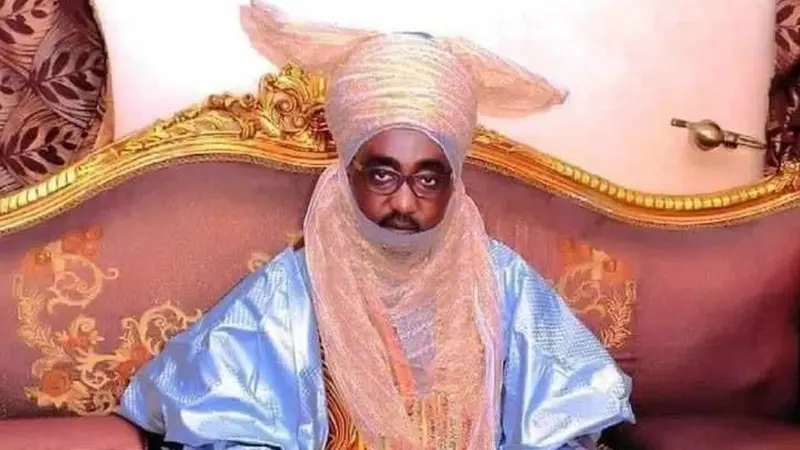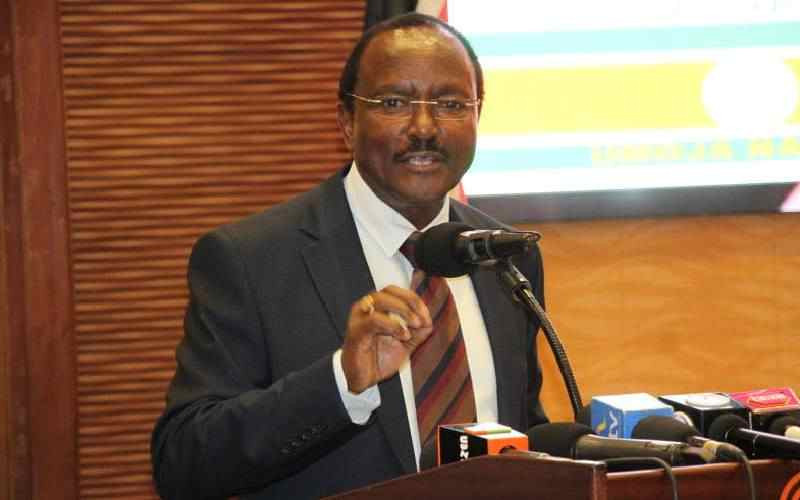The Coalition’s election wipeout has rolled like a tidal wave through federal parliament, upending the 80-year-old partnership between the Liberal Party and Nationals, which have typically needed to join forces to win enough seats to form government.
But on Tuesday, Nationals leader David Littleproud delivered the shock announcement that the partnership was over because the Liberals had refused to agree to the Nationals’ policy demands.

Nationals leader David Littleproud announces the split alongside the party’s Senate leader Bridget McKenzie and deputy leader Kevin Hogan.Credit: AAP
Essentially, the Nationals gave Opposition Leader Sussan Ley an ultimatum, and she refused to agree to their terms.
The Nationals’ boss cast himself as the protagonist who refused to bend on four policies which he said were non-negotiable.
The Liberals and Nationals meet after every election, whether they are in government or opposition, to thrash out a deal known as the Coalition agreement.

Sussan Ley rejected David Littleproud’s demands.Credit: Alex Ellinghausen
This has typically centred on how many frontbench positions are allocated to each party, and which portfolios they hold.
What changed this time around was the Nationals’ hardline demands over specific policy positions.
Loading
Littleproud said his party room had taken a vote on four key policies, which were part of the Coalition platform at the past election and needed to be part of a new agreement.
“We secured in the former Coalition policies that should remain. We don’t want to have to look back and to waste energy on trying to re-prosecute the case,” he said on Tuesday.
These policies are:
The Liberal-National Coalition has existed since the 1940s, but coalitions on the conservative side of politics have existed in several guises in Australia since 1922.
It is not the first time the two parties have split. It happened at least twice in 1972 and the last time in 1987, prompted by the late Queensland premier Joh Bjelke-Petersen’s ill-judged tilt at becoming prime minister.

Sir Joh Bjelke-Petersen’s tilt at running for prime minister triggered the last split in the Coalition.Credit: Peter O'Halloran
Traditionally, the Liberal Party has targeted urban seats, and former prime minister John Howard famously described it as a “broad church” which can encompass the views of moderate liberals, economic conservatives and the Nationals.
The Nationals represent rural electorates and have been described as agrarian socialists due to their preference for policies that distribute resources to primary producers and communities in the bush.
The Liberals are set to have about 28 lower house seats and the Nationals 15, which, even when combined, is not enough to block legislation given Labor’s thumping win at the May election.
In the Senate, although final numbers are not determined, the Nationals won four spots in the election, the Liberals 22 and Labor won 28, while the Greens have 11.
This means that both conservative parties combined cannot block legislation if the Greens vote with Labor. It also means that the Liberal Party could support the government to pass new laws that the Nationals oppose, or vice versa.
One particularly hot topic is Labor’s plan to reform national environment laws, which was opposed by the Coalition in the previous parliament. However, Ley is a former environment minister and the government is hopeful she could be persuaded to back reforms bitterly opposed by the Nationals.
The split cements Littleproud’s support in the Nationals party room, which is now united in its split from the Liberals.
Queensland senator Matt Canavan and MP Colin Boyce called for a challenge to Littleproud’s leadership just last week, urging the party to prosecute the case for regional Australia more aggressively.
Nationals MPs are united, at least for the short term, in this bold course of action. However, Littleproud said during his press conference that he hoped the Liberals and Nationals could reunite before the election and said the split was about giving the Liberals time to think about their future.
Loading
Ley has stood firm in the first big test of her short leadership, after she was elected to the Liberals’ top job on Tuesday last week.
The Nationals’ demand for a range of policy commitments is unusual in a Coalition agreement, and Ley would have appeared weak if she had agreed to their demands, risking her own position given she won the contest against former treasury spokesman Angus Taylor for the leadership by a razor-thin margin of 29 to 25.
While the Nationals maintained their representation in parliament, the Liberals suffered a record loss and were left holding just a handful of metropolitan electorates.
Littleproud is optimistic of a reunion.
“We at some point will [be] trying to get back together to make sure we give a cogent argument to the Australian people about an alternative to Anthony Albanese,” he said.“My commitment to her, as hers was to mine, is hopefully before the next election.”
Ley said she was disappointed by the National Party’s decision.
“The Liberal Party’s door remains open to the Nationals should they wish to rejoin the Coalition before the next election,” she said in a statement.










